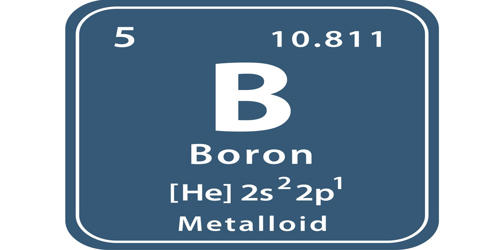Minamata disease is a neurological disorder caused by consuming methylmercury-contaminated seafood. It is a neurological disorder caused by heavy mercury exposure. Ataxia, numbness in the hands and feet, general muscle weakness, loss of peripheral vision, and hearing and speech damage are some of the signs and symptoms. It is named after the city of Minamata in Kumamoto Prefecture, Japan, where the disease was discovered in the 1950s. In the worst-case scenario, insanity, paralysis, coma, and death occur within weeks of the onset of symptoms.
A congenital form of the disease affects foetuses in the womb, resulting in microcephaly, extensive cerebral damage, and symptoms resembling cerebral palsy. The disease was caused by industrial pollution, particularly from the Chisso Corporation’s chemical plant, which discharged methylmercury-contaminated wastewater into Minamata Bay. Methylmercury is a highly toxic and bioaccumulative form of mercury that can accumulate in the food chain, particularly in fish and shellfish.
Minamata disease was named after the city of Minamata in Kumamoto Prefecture, Japan, where it was discovered in 1956. It was caused by the release of methylmercury in industrial wastewater from the Chisso Corporation’s chemical factory, which occurred from 1932 to 1968. It has also been suggested that bacteria in the sediment metabolised some of the mercury sulphate in the wastewater to methylmercury. This highly toxic chemical bioaccumulated and biomagnified in shellfish and fish in Minamata Bay and the Shiranui Sea, resulting in mercury poisoning when consumed by the local population.
Minamata disease affected residents who consumed contaminated fish and seafood, particularly those who relied heavily on them as a major part of their diet. Sensory disturbances (such as numbness and tingling in the extremities), muscle weakness, difficulty walking, slurred speech, and, in severe cases, paralysis, coma, and death are all symptoms of the disease.
The poisoning and deaths of humans and animals went on for 36 years, while Chisso and the Kumamoto prefectural government did nothing to stop the epidemic. The animal effects were so severe in cats that they were dubbed “dancing cat fever.”
Minamata disease tragically resulted in a significant number of deaths and long-term disabilities among those affected. The Minamata incident drew international attention to the devastation caused by industrial pollution and raised awareness of the need for environmental protection measures.
















